Thoughts on "Bad Musicality" in Belly Dance
At a bellydance event, I recently overheard one dancer remark to another that she thought that the performer they were watching had “bad musicality”. Putting aside questionable politeness, was does that mean anyway?
We have discussed musicality in the Daily Bellydance Quickies many times and in many ways. Loosely defined, it is the ability to illustrate the music with movement. It can include larger elements such as instrument sound textures down to the tiny details of accents and momentary pauses.
Ignoring everything else and going just with the beat could be considered the absence of musicality in dance. But at the other extreme, hitting every tiny thing with an almost literal conversion of music to movement can be, as Ranya Renee once said, “too clever”. I agree entirely. I find that as unappealing as ignoring the musical features. I prefer to see discretion and artful choices.
Choices – yes – there are many to be made. You make them in slow deliberate decisions when you write choreography and in the flash of a instant in improvisation. What are you reacting to in your music? The rhythm, the phrasing, the sharp accent, the lilting melody line or the tension of a violin note – they are all valid possibilities. The choosing of one over the other in any given point in a performance is like a painter choosing red paint or blue for the flowers that are about to bloom on the canvas.
We all hear a piece differently, despite the fact that the same sounds come rushing at us from the band or through our earbuds. I even find I hear different things in the same familiar piece of music at different times. I call this my “coffee pot theory“. So what makes for “bad musicality”? Is it that a dancer completely ignored something you consider top priority and un-ignorable and opted for a different musical element to grab on to and dance? That just means two dancers have different artistic sensibilities – and thank goodness that is so. Otherwise, we would all dance the same and bellydance would be filled with “rights” and “wrongs” – another idea that could take a step back, in my opinion.
When I look at a performance and consider the musicality, what’s the bottom line for me?
Can you show me how you’re hearing the music?
Show me how to listen through your ears.
If I can, then I’m happy – even if it’s not the same choice I would have made. I like surprises and seeing different points of musical view.


